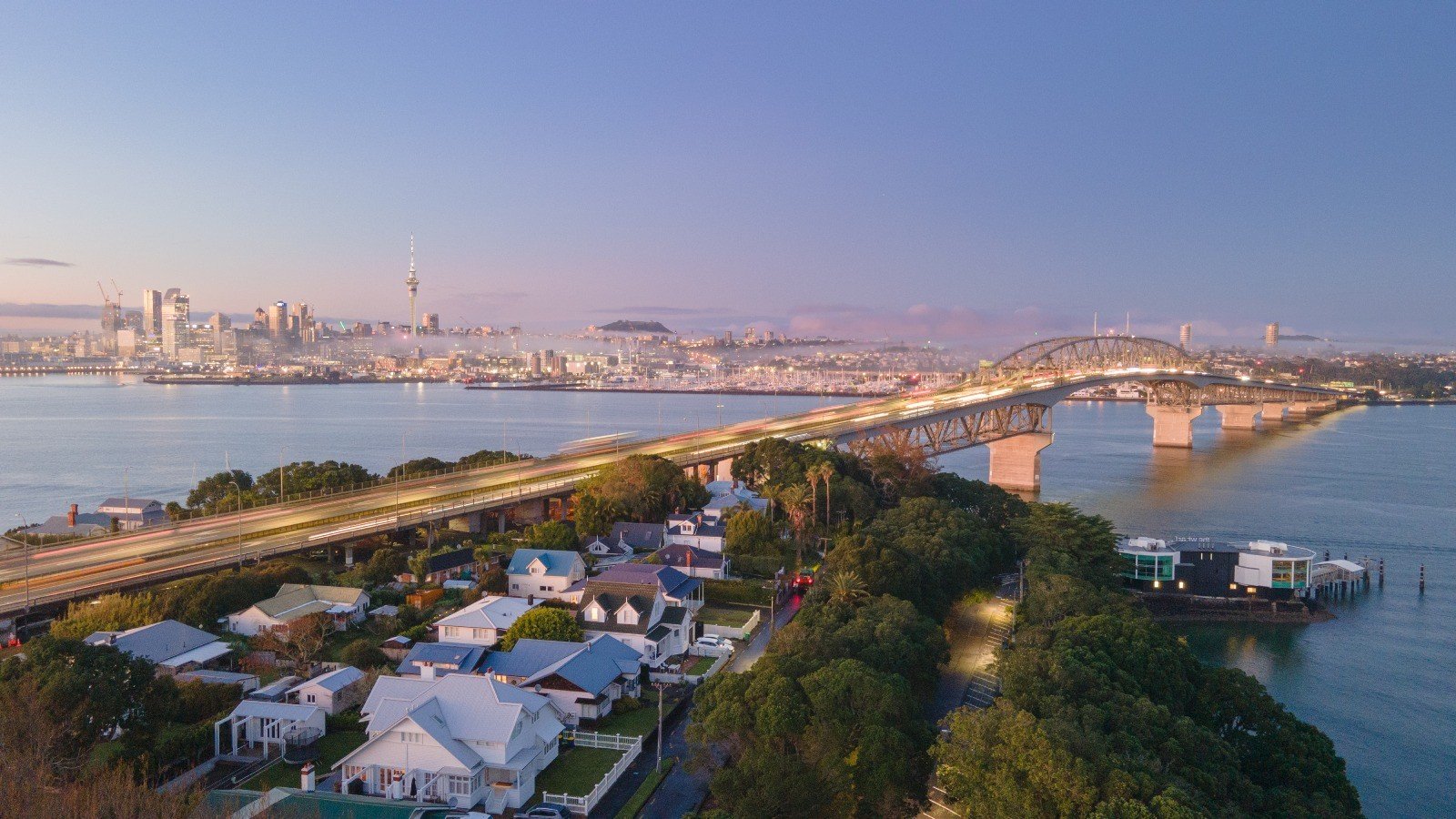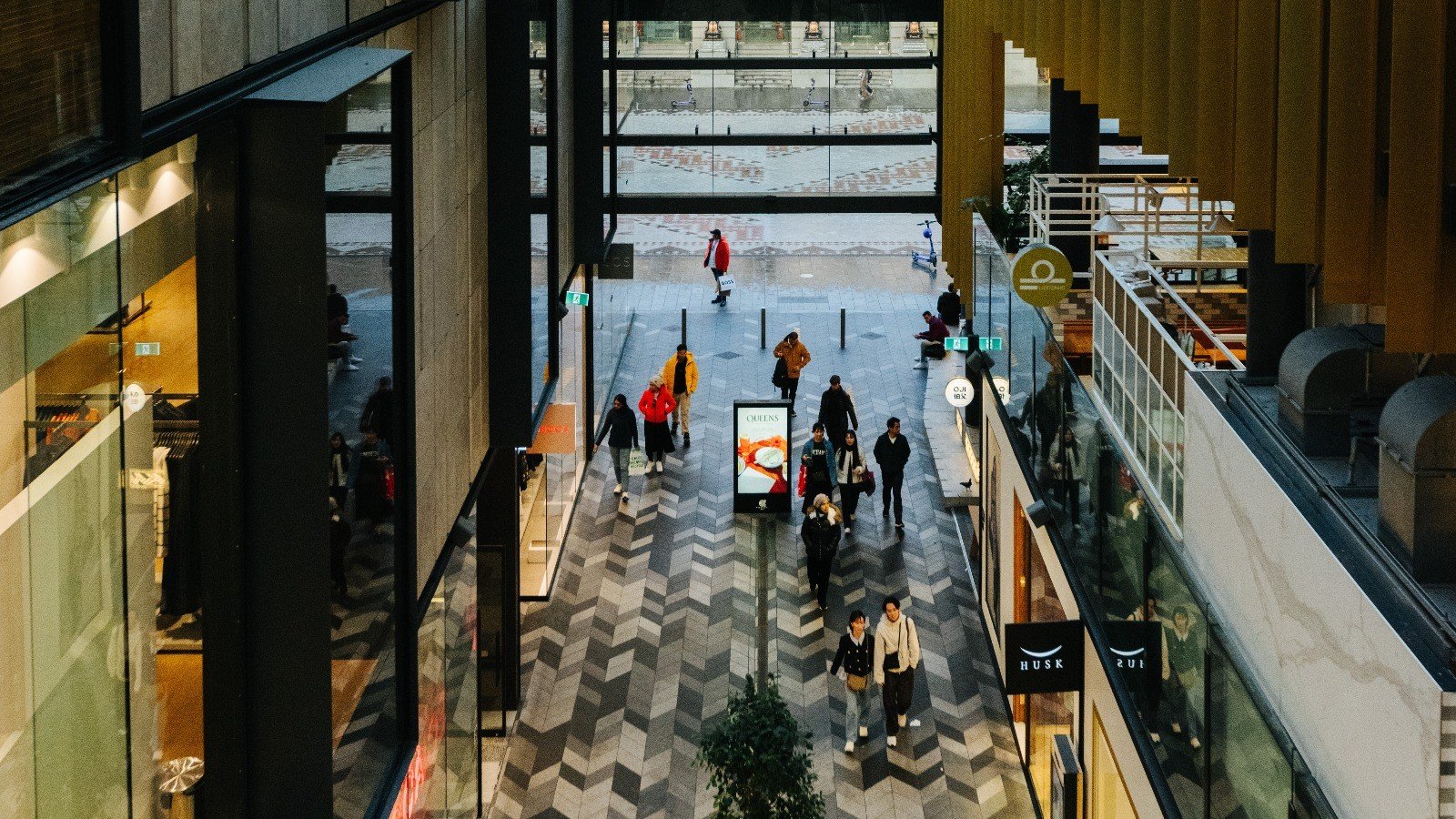
A green economy
As Tāmaki Makaurau Auckland strives for economic prosperity within a changing climate and environment, the green economy provides a pathway forward.
The impact of climate change on economies around the world and, conversely, the impact economies are having on the climate, are of significant concern. Decisions made today for how we transition to a low-emissions, climate resilient future will have lasting socio-economic impacts.¹
Both the economy and society rely on natural resources and ecosystems, which provide essential services like clean air, water and food.² As the Ministry for the Environment notes, “Our overall quality of life and wealth are closely tied to the health of the economy. All of these factors rely on a healthy, productive environment.”³
The United Nations Environment Programme (UNEP) defines a green economy as “one that improves human well-being and builds social equity while reducing environmental risks and scarcities.”⁴ The Green Economy Coalition (GEC) identifies five focus areas for the shift to a green economy:
Governance: Adopting new metrics and governance frameworks
Finance: Reforming financial systems to support sustainability
Sectors: Transforming sectors to deliver on climate and sustainability goals
Equity: Promoting inclusion, equity and good green jobs*
Nature: Valuing and protecting ecosystems
-
Auckland’s transition to a green economy is part of a broader regenerative approach outlined in Te Tāruke-ā-Tāwhiri: Auckland’s Climate Plan. This plan is a roadmap with interconnected transformational actions that help create a resilient, low carbon economy, guided by our kaitiaki values, that supports Aucklanders to thrive. It calls for a fundamental shift in how we grow, move, build, and care for people, moving beyond short-term growth models to long-term resilience within planetary limits.
Te Tāruke-ā-Tāwhiri is supported by aligned strategies and pathways such as the Urban Ngahere Strategy, the Transport Emissions Reduction Pathway, and the Thriving Communities Strategy.
While public investment can catalyse change, delivering this vision requires coordinated collaboration. Partnering with iwi and hapū, communities, and the private sector is essential for an orderly and equitable transition.
This deep dive highlights how targeted public investment is enabling progress and how continued investment can shape a thriving, climate-resilient Auckland.
-
Transport
Auckland is a relatively low-density city with a predominantly car-centric transport network, which contributes to negative social, economic and environmental outcomes, including congestion, pollution and inequitable connectivity.⁵ As a result, road transport is Auckland’s largest source of emissions, while also being susceptible to extreme weather events.
Meeting future transport needs requires a fundamental shift: how and where we live, how we travel and power our journeys, how we move freight, and how we grow as a region.
Auckland’s transport network is beginning its transition, guided by a vision for a low carbon, resilient, safe and equitable transport system.⁶ The Climate Action Transport Targeted Rate combined with government co-funding and fare revenue will provide $1.045 billion over 10 years for climate-focused initiatives such as new bus routes, electric and hydrogen buses, low-emission ferries, and active transport infrastructure.⁷
Climate change is already impacting the network. In 2023/24, $117 million was spent on network repairs following extreme weather events.⁸ Auckland Council Group is also developing risk mitigation strategies, including AI-based tools to assess landslide risk that could help manage/inform the development of the transport network.
While more work is needed to fully integrate climate considerations into transport investment, Auckland’s transition is underway.
Energy
As New Zealand’s largest city, Auckland’s electricity demand is growing. The transition to low-carbon is accelerating the electrification of the energy system, placing additional load on the existing electricity network.
Due to the region’s current reliance on fossil fuels, particularly for transport and in industrial settings, the increased demand will be significant. Beyond electricity, Auckland’s energy emissions are largely caused by primary fuel combustion from gas, coal and liquid petroleum gas (LPG)⁹ in industrial processes or commercial buildings and transport. Close to 97 per cent of the region’s industrial heat requirements are reliant on fossil fuels, and the insecurity of future gas supply in New Zealand risks site closures, escalating costs and operational constraints.¹⁰ This risk is driving decisions about whether to switch energy sources earlier than planned.
In 2023, Auckland based, New Zealand Steel partnered with the Government to install an electric arc furnace, cutting emissions by up to 1 million tonnes annually by replacing coal with electricity.¹¹ Beyond emissions reduction, the technology offers energy flexibility, allowing operations to adjust energy use during peak demand to take advantage of New Zealand’s renewable electricity, supporting grid stability and lowering costs. This kind of flexibility allows industrial users to transition to renewable energy sources without compromising productivity.¹²
New Zealand already generates 80-85 per cent¹³ (in a typical year) of its electricity from renewable sources. However, there is an opportunity to accelerate residential and commercial solar to boost resilience and meet affordability and sustainability goals. New Zealand is “one of the first countries where the electrification of homes and vehicles can deliver both cost of living savings and emissions reduction simultaneously.”¹⁴ A key part of this electrification is rooftop solar with demand side batteries, which has been identified as a low cost source of additional renewable electricity.¹⁵ A resilient and affordable energy system in a changing climate will depend on a multi-pronged approach, combining national and local energy resources, energy efficiency, and smart demand management.
-
SMEs make up 98.7% of Auckland’s businesses and are vital to the region’s economy but they face growing climate risks such as extreme weather events. Supporting SMEs to understand, prepare for, and respond to climate change is critical. Adaptation isn’t just about managing risk; it’s about building resilience and seizing new opportunities. Proactive businesses can cut costs, strengthen supply chains, attract investment, and gain a competitive edge in a low-carbon economy.
Tools like NIWA’s Climate Change Adaptation Toolbox and ClimateWise by Climate Connect Aotearoa are available. But for many SMEs, the real challenge isn’t access, it’s having the time and resources to use them effectively in planning.
-
Decisions made today will shape the wellbeing and prosperity of current and future generations. If Auckland continues to build momentum by taking decisive climate action, the benefits could be substantial. Modelling suggests that Auckland could reach a ‘turning point’ in 2037 where the cost to transition is outweighed by the benefits.¹⁶ For example, Auckland could gain around 19,000 additional jobs in sectors such as energy, services, retail, and tourism by 2050. To ensure this is a just transition, we must establish equitable and inclusive pathways to good green jobs.¹⁷ Creating these pathways will require a system-wide approach across government, industry, education and communities, to comprehensively address current barriers to skills development. Auckland is in the early stages of understanding the steps required.
This transition presents an opportunity to collaborate, innovate, and adopt new ways of doing business. Auckland is well-positioned to grow its clean tech ecosystem, which to date has been supported by initiatives such as Callaghan Innovation Startup and Founder Support that foster local solutions, investment, and global competitiveness by accelerating business development for early-stage ventures.
Investment will be essential. With growing interest from global and local investors in low-carbon, resilient economies, Auckland’s ability to attract this capital will be key to advancing the green economy. There are a number of notable examples that illustrate this significant commitment from investors in the green economy space:
The International Energy Agency predicts clean energy spending will grow from $1.8 trillion in 2023 to $4.5 trillion annually by the early 2030s.¹⁸
In 2021, Brookfield Asset Management committed $7 billion to global clean energy investments.¹⁹ The asset manager is already active in New Zealand through a long-term joint venture to develop the Ruakura Superhub in Hamilton.²⁰
References
[2] Ministry for the Environment: Our Environment 2025
[3] Ministry for the Environment: Our Environment 2025
[4] UN Environment Programme: About Green Economy
* Defined by C40: Good Green Jobs
[5] World Health Organization: Environment, Climate Change and Health
[6] Te Tāruke-ā-Tāwhiri: Auckland’s Climate Plan – Transport Priority
[7] Auckland Transport: Climate Action Transport Targeted Rate (CATTR)
[8] Auckland Council: Volume 4 – Climate Statement 2023/24
Auckland Council: Auckland's Greenhouse Gas Inventory to 2021
[10] EECA (Energy Efficiency & Conservation Authority): Regional Energy Transition Accelerator – Auckland Phase One Report
[11] New Zealand Steel: Transition to lower emissions steel making can go further, faster.
[12] EECA (Energy Efficiency & Conservation Authority): Energy flexibility for industrial businesses
[13] GenLess: The Electricity Grid
[14] Rewiring Aotearoa: Electric Homes Report
[15] Ibid
[17] Ibid
[18] The MacDiarmid Institute: Potential of Cleantech sector highlighted in report released today
[20] Ruakura superhub







